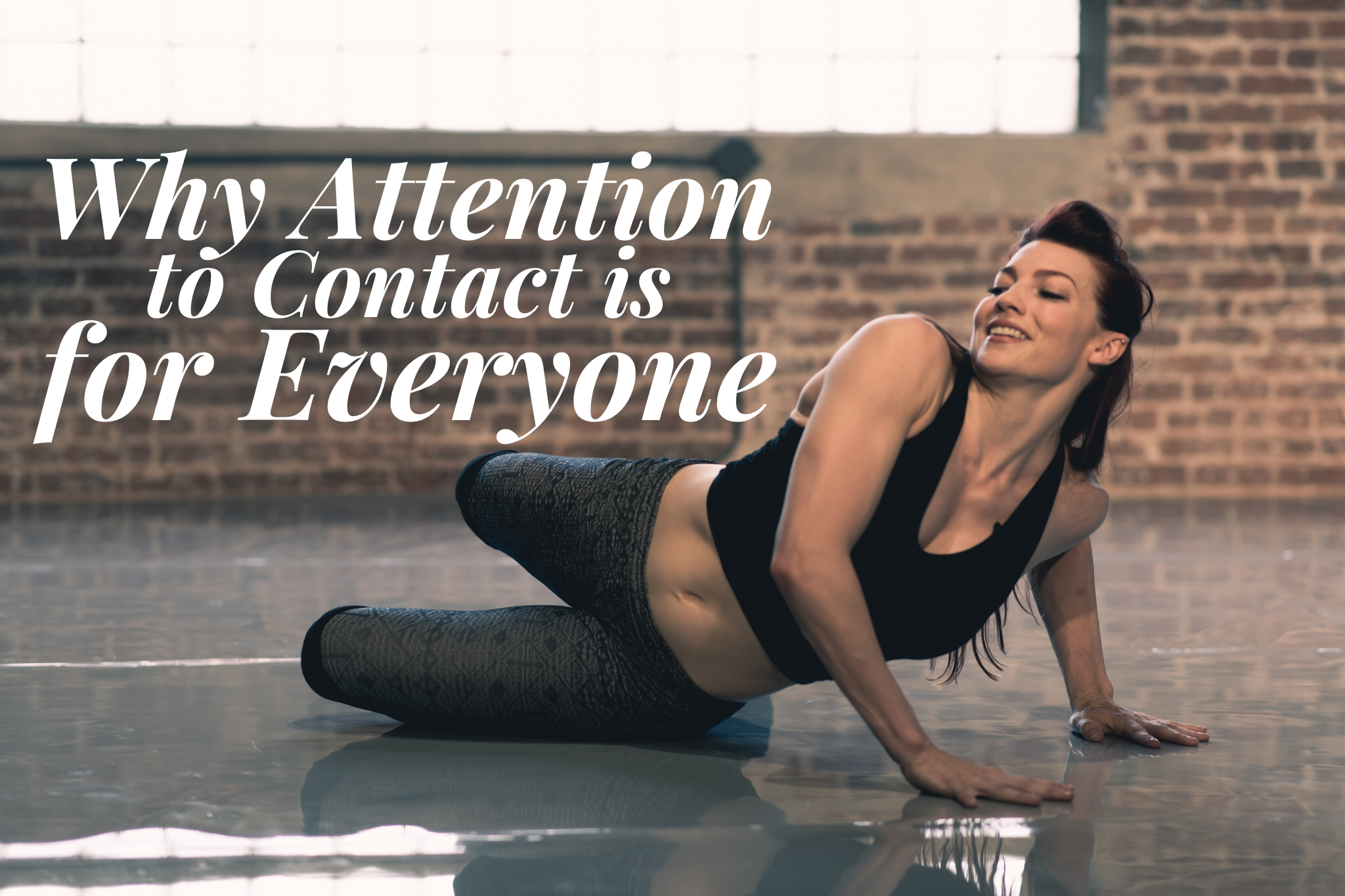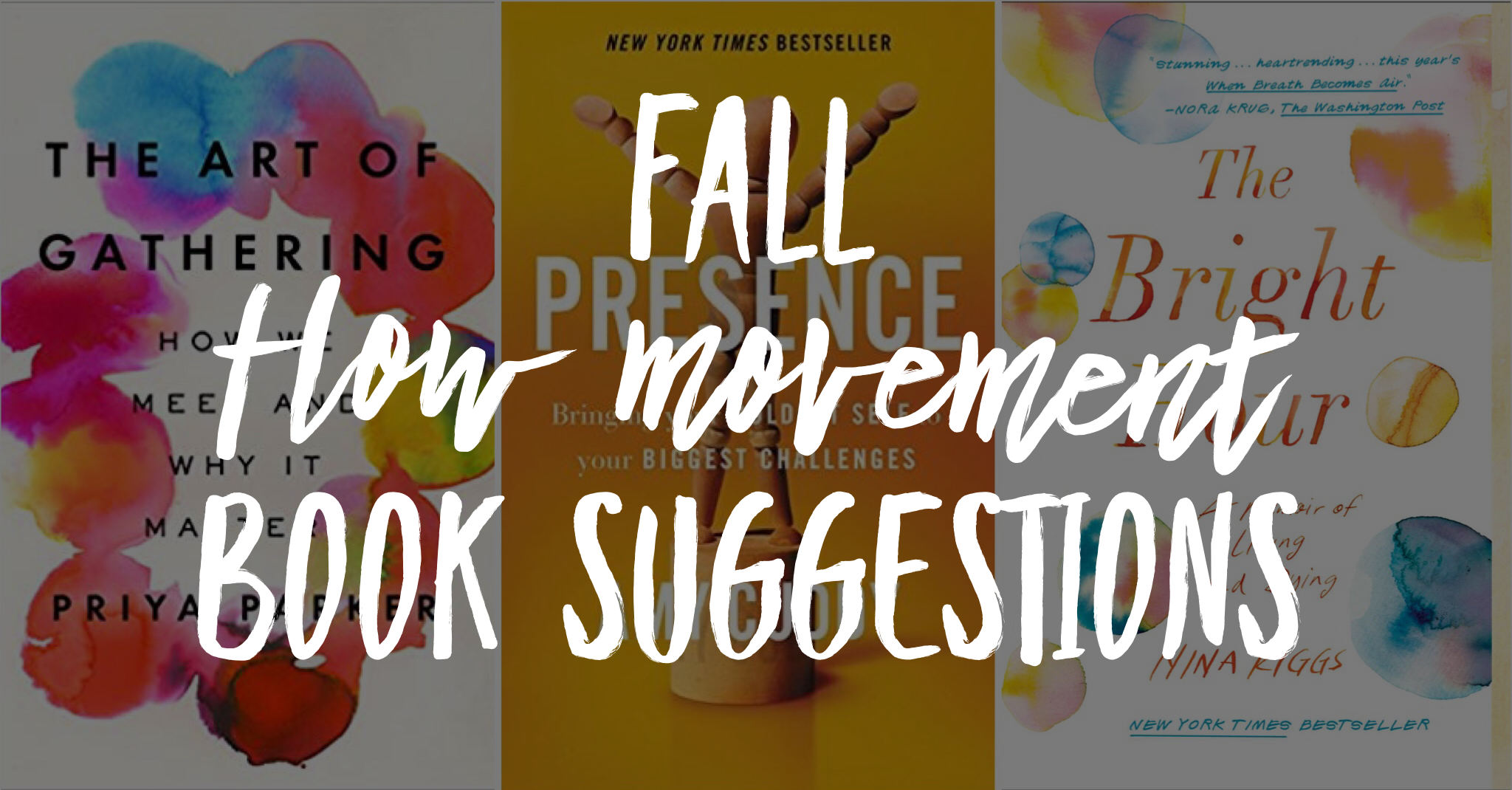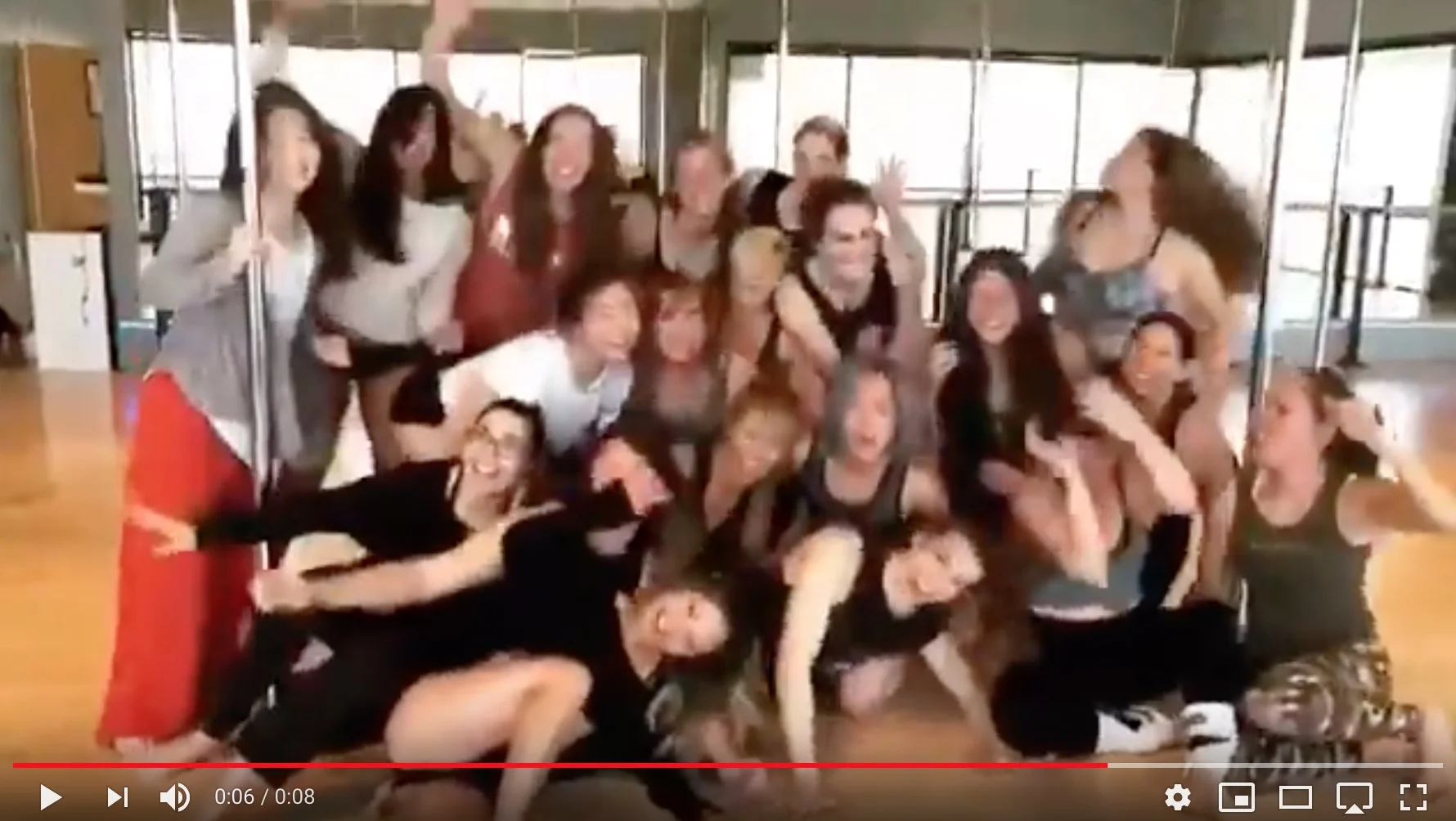Free Spinal Wave Upgrade! 🐍🌊👍🏻 This video shares some tips for articulating and sensing the reverse wave/tail-initiated/bottom-up wave. I can go on about spinal wave details for HOURS (days even...), but even a few minutes can make a difference. This video is focused on feeling and visualizing the origin of the wave (pelvic movement).
A few things to note:
For maximum benefits, wave anytime anywhere. Even micro-waves are great for you. You don’t have to latch onto your pubic bone (like I show in the video 😂)
Any part of the wave that feels jerky, ‘vague’, or that you want to rush is where you should slow waaaay down and add more internal tension. Move like you had an immobilizing thick rubber suit on... but still really wanted to wave.
If you short-circuit and revert to the top down wave 🔝, take a breath, and return your focus to the motion of your tail and pubic bone🔂.
You might also enjoy imagining that you have a broom in your crotch and you are sweeping the floor real good 😉.
Enjoy! #spinalwaves #spinalarticulation #healthyspine #pelvictilt







